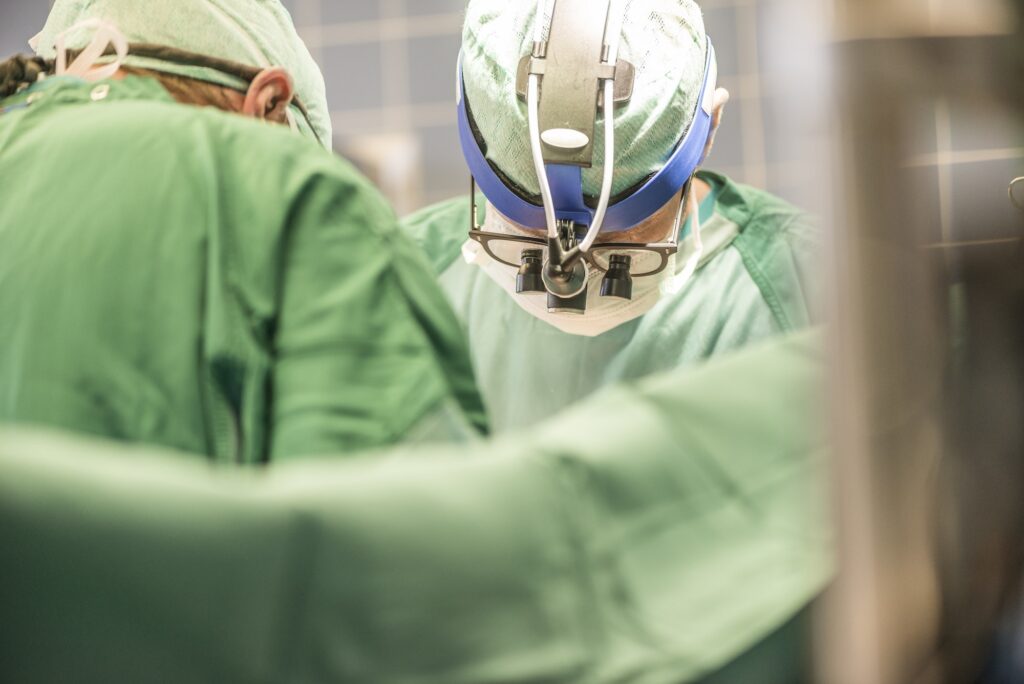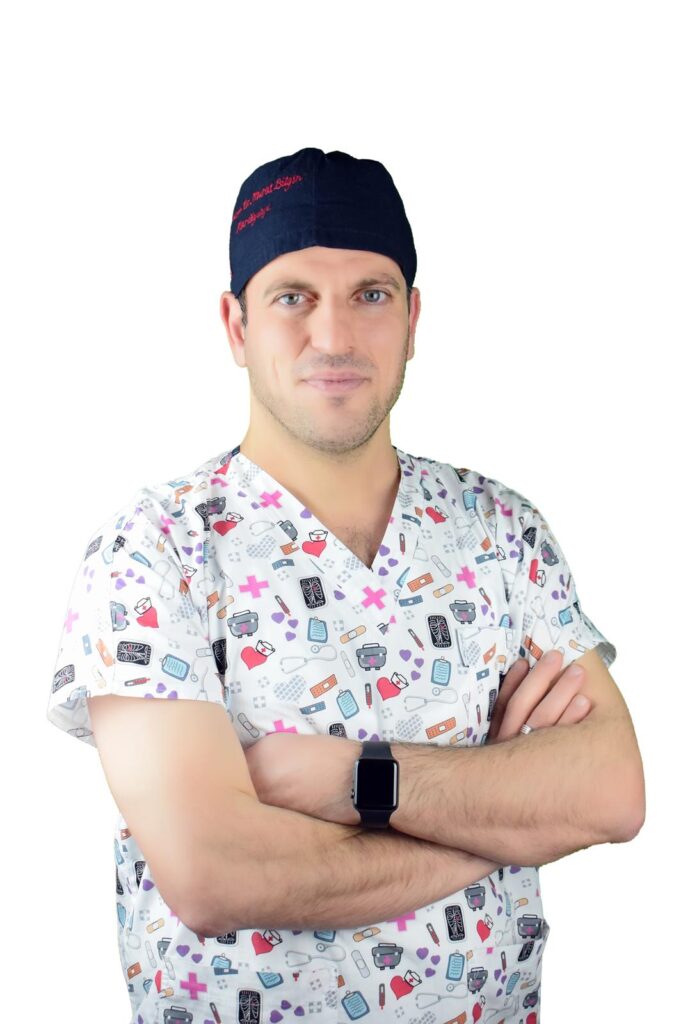Yalova Cardiology
Everything you need to know about your heart health. Your health is entrusted to us with high technology in Yalova.
Treatments and servıces
Non-Surgical Treatment of Aortic Vessel Enlargement and Ballooning (EVAR/TEVAR)...
Non-surgical treatment of aortic vasodilation and ballooning, also known as endovascular aneurysm repair (EVAR) or thoracic endovascular aneurysm repair (TEVAR), is a minimally invasive procedure that can be used to treat aneurysms in the aorta, the body’s largest artery. Aneurysms occur when the walls of an artery weaken and swell, and can cause potentially life-threatening complications if left untreated. In this article we will discuss the procedure, its benefits, risks and the recovery process.
What is EVAR/TEVAR?
EVAR and TEVAR are minimally invasive procedures that use a catheter or a thin tube to insert a stent graft into the aneurysm site. The stent graft is a small mesh tube designed to support weakened artery walls and prevent further expansion of the aneurysm. The procedure is typically performed under local anesthesia, meaning the patient is awake but the area around the catheter insertion site is numbed.
Benefits of EVAR/TEVAR:
Compared to traditional surgical repair of an aneurysm, EVAR/TEVAR has several benefits, including
Minimally invasive: The procedure is less invasive than traditional open surgery, meaning there is typically less pain, scarring and shorter recovery time.
Reduced risk of complications: EVAR/TEVAR has a lower risk of complications compared to traditional open surgery.
Shorter hospital stay: Patients who undergo EVAR/TEVAR typically spend less time in the hospital than those who undergo traditional open surgery.
Risks and Complications:
As with any medical procedure, there are risks and potential complications associated with EVAR/TEVAR:
- Infection at the catheter insertion site
- Bleeding or bruising at the catheter insertion site
- Damage to blood vessels or organs during the procedure
- Device-related complications such as stent graft migration or leakage
- Blood clots
- Stroke or other neurological complications
Recovery
After the procedure, patients usually spend one night in the hospital for observation and monitoring. Patients can typically resume normal activities within a few days and recovery time is usually shorter than with traditional open surgery.
Your doctor will give specific instructions for post-procedure care, which may include the following:
- Limiting physical activity for a period of time
- Taking medicines such as blood thinners as prescribed to prevent blood clots
- Follow-up appointments with your doctor to monitor your progress
- It is important that you follow your doctor’s instructions carefully and report any unusual symptoms or side effects immediately.
Conclusion
Non-surgical treatment of aortic vessel dilation and ballooning via EVAR/TEVAR is a minimally invasive procedure that can be an effective treatment option for certain types of aneurysms. It involves inserting a catheter into a blood vessel and guiding a stent graft to the site of the aneurysm. The procedure has a relatively low risk of complications and typically requires only a short recovery time. If you are considering this procedure, it is important to talk to your doctor about your options and whether it is the right choice for you. Your doctor can help you understand the potential benefits and risks of the procedure and can provide guidance on preparing for and recovering from the procedure.


